Septic System Troubleshooting and Diagnostics
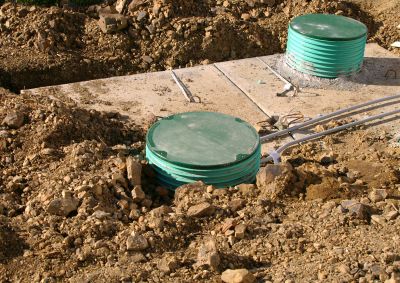
Installation of septic systems involves site assessment, system design, and proper placement to ensure efficient waste processing.
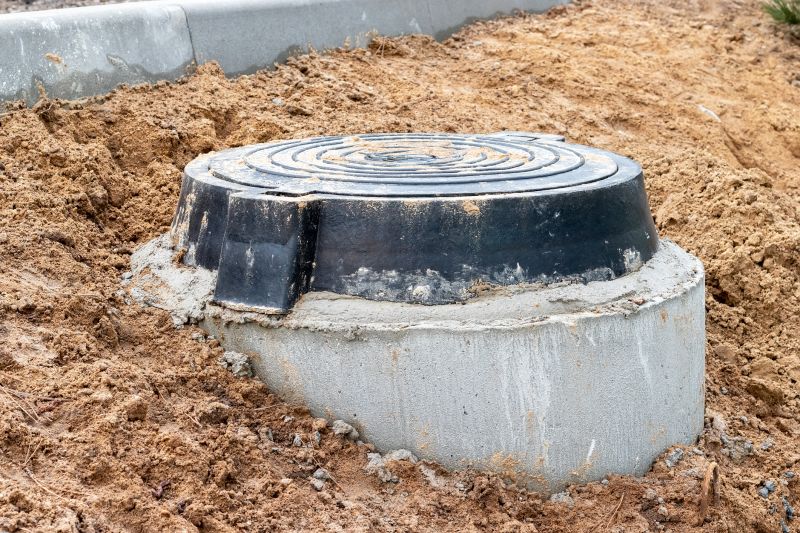
A typical septic system includes a septic tank, distribution box, and drain field, each playing a vital role in waste treatment.
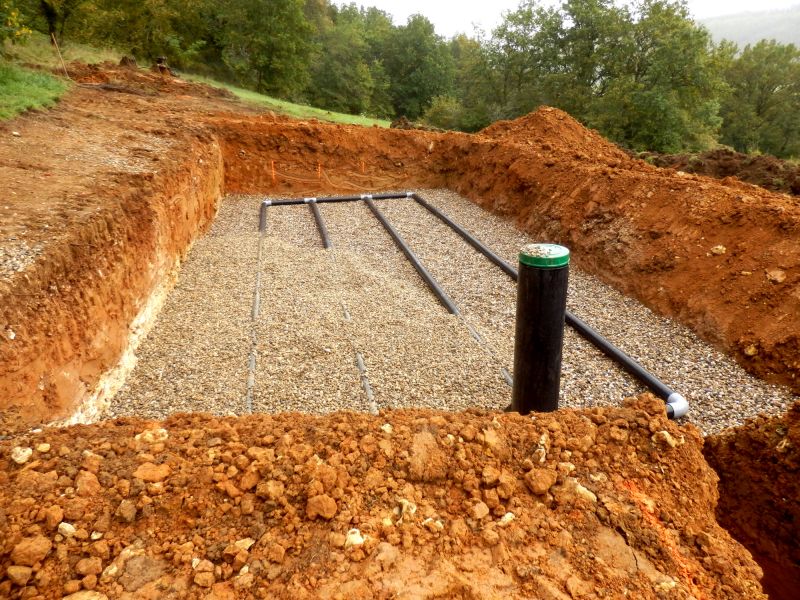
The drain field disperses treated effluent into the soil, requiring careful planning to prevent system failure.
Septic systems are a common wastewater treatment solution for properties not connected to municipal sewer lines. They rely on a combination of biological and physical processes to treat household waste. Properly functioning septic systems are critical for maintaining health standards and protecting ground water quality. An average septic system can last for decades when properly maintained, but regular inspections and timely repairs are essential to prevent system failure.
The process of installing a septic system typically takes a professional several days, depending on site conditions and system complexity. It begins with site evaluation, followed by excavation, installation of components, and final testing. The entire process requires expertise to ensure compliance with local regulations and optimal performance.
Engaging a professional ensures proper system design, installation, and adherence to regulations, reducing the risk of costly failures and environmental issues.
Regular inspections by specialists can identify potential problems early, extending the lifespan of the septic system and maintaining its efficiency.
Properly installed and maintained septic systems prevent leaks and contamination, safeguarding local water sources.
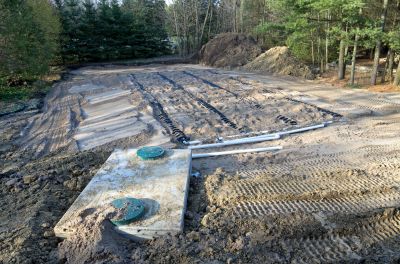
A well-installed septic system with the drain field properly covered and functioning efficiently.
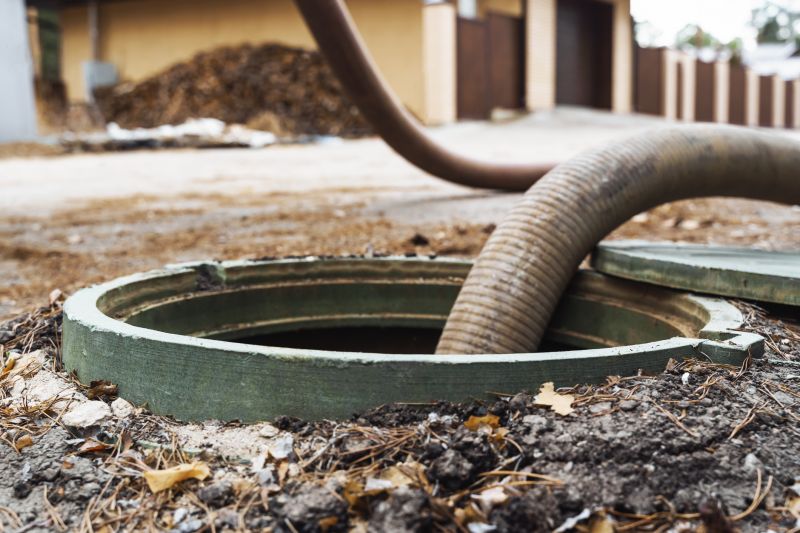
Routine maintenance ensures the longevity and proper operation of the system.
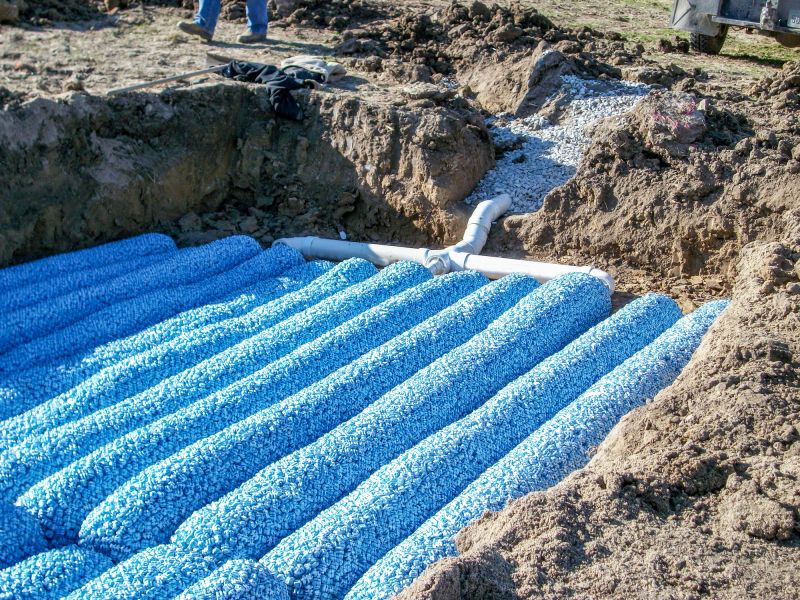
Close-up of septic tank, distribution box, and drain field components.
Understanding the components and process of septic system installation can help property owners make informed decisions. Proper planning and expert execution are essential for reliable performance and compliance with local standards. Regular maintenance and inspections are key to extending the lifespan of the system and avoiding costly repairs.
| Aspect | Details |
|---|---|
| Average Installation Time | Several days, depending on site conditions |
| Lifespan of a Septic System | Decades with proper maintenance |
| Key Components | Septic tank, drain field, distribution box |
| Maintenance Frequency | Annually or as recommended by a professional |
| Common Causes of Failure | Poor maintenance, system overload, improper installation |
For those considering septic system installation or needing repairs, consulting with experienced professionals is recommended. Proper installation and ongoing maintenance are vital for system efficiency and environmental safety. Property owners are encouraged to contact specialists for assessments, quotes, and guidance tailored to their specific needs.
